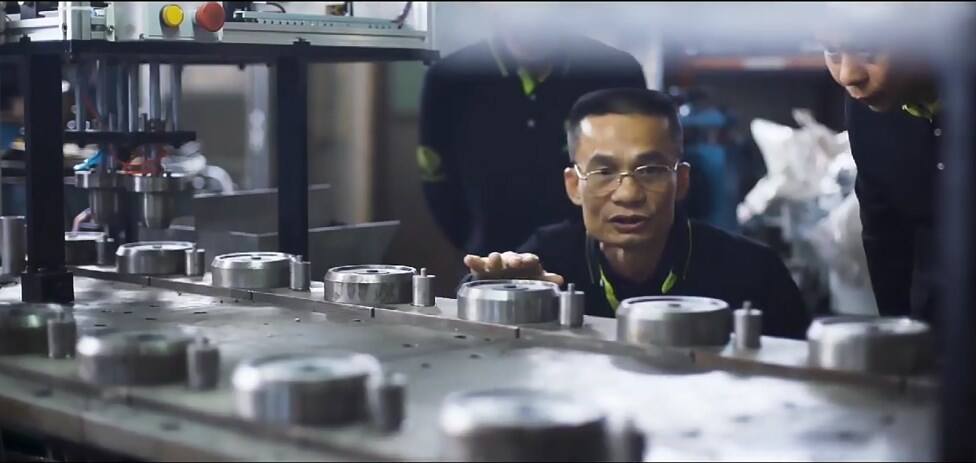What Is the Process from Production to Export of Casters?
Casters are essential components commonly used in modern furniture, industrial equipment, and various other applications. Their production and export involve several steps. Understanding these processes is crucial for ensuring caster quality and helping companies optimize operations and improve efficiency. This article provides a detailed overview of the entire process from caster production to export.
1. Design and Development
Market Research: Before producing casters, market research is conducted to understand the needs and trends of different applications. This helps in designing casters that meet market demands.
Product Design: Based on research results, the design team creates caster design plans, including material selection, dimensions, load capacity, and other technical parameters. Modern design often utilizes computer-aided design (CAD) tools for increased precision and efficiency.
Sample Production: During the design phase, samples are usually made for testing. Testing verifies whether the design meets actual needs and allows for necessary adjustments and optimizations.

2. Raw Material Procurement
Material Selection: The main materials for casters include plastic, rubber, and metal. Choosing high-quality raw materials is crucial for the caster’s performance and durability.
Supplier Management: Manufacturers need to work with reliable suppliers to ensure a stable supply and quality of raw materials. Supplier management includes quality checks, delivery times, and cost control.

3. Manufacturing
Mold Making: Caster production often requires molds. The mold-making process involves design, machining, and inspection to ensure it meets production requirements.
Injection Molding: For plastic casters, injection molding is commonly used. This process involves heating plastic pellets to a molten state, then injecting them into molds to cool and solidify.
Assembly: The manufacturing process includes assembling various components of the caster. For example, metal axles, wheels, and bases need to be accurately assembled to ensure proper function.
Quality Control: Throughout production, rigorous quality control is necessary, including raw material inspection, process monitoring, and final product testing. Quality control aims to ensure that every caster meets design standards and usage requirements.

4. Packaging and Storage
Packaging: After production, casters need to be packaged. Packaging not only protects the casters during transportation but also provides product information through labels and instructions.
Storage: Packaged casters are typically stored in suitable environments to prevent moisture, contamination, or other factors that could affect product quality.
Logistics Arrangement: Transport methods and routes are determined, and logistics companies are arranged for shipping. Logistics arrangements for casters must consider transportation time, cost, and destination requirements.

5. Export Preparation
Customs Procedures: Before export, relevant customs procedures must be completed, including preparing necessary export documents (such as commercial invoices, packing lists, certificates of origin, etc.).
Inspection and Certification: Depending on the target market’s requirements, additional product inspections and certifications may be needed. For example, certain countries have specific quality or safety standards.
Export Contracts: Export contracts are signed to clarify the rights and obligations of both parties, including terms related to price, delivery time, and payment methods.

6. Customer Service and After-Sales
Customer Feedback: After export, companies should monitor customer feedback and usage experience to promptly address any issues that may arise.
After-Sales Service: Providing effective after-sales services, including technical support, repairs, and returns, helps maintain the company’s reputation and customer satisfaction.

Summary
From design and development, raw material procurement, manufacturing, packaging and storage, to export preparation and after-sales service, each step is crucial for ensuring caster quality and meeting market demands. By optimizing these processes, companies can improve production efficiency, enhance market competitiveness, and achieve long-term growth.

